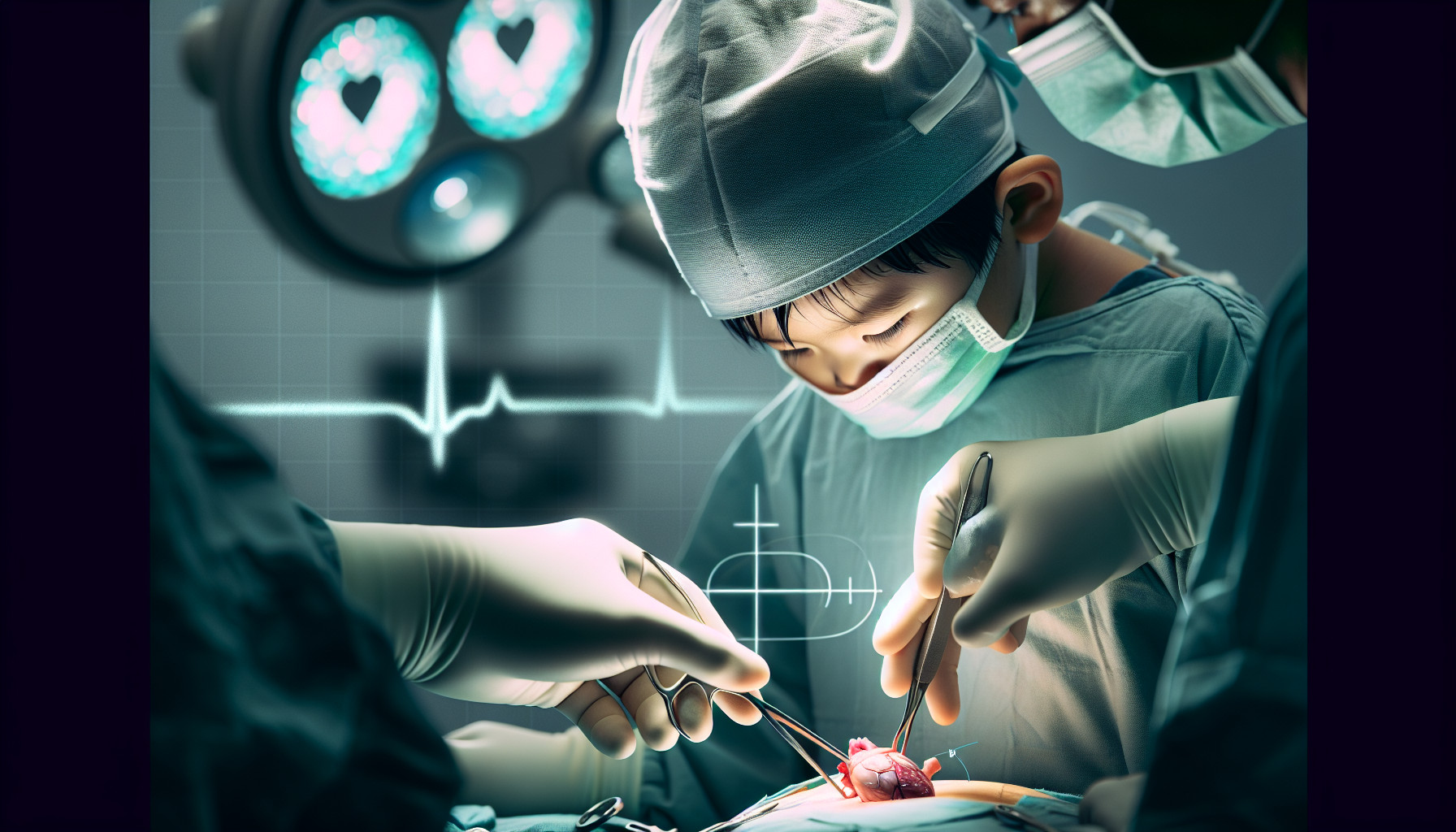Our Summary
This research paper talks about the use of 3D printing in planning and carrying out complex heart surgeries in children. The team used CT scans to create 3D digital models of the heart and blood vessels, which were then printed out as physical models. These models were extremely accurate, varying by only 1 millimeter from the actual organs.
The models proved very useful in 13 out of 15 cases, providing new information about the anatomy of the heart and helping to refine the diagnosis. They were also used to rehearse the surgeries beforehand, which was helpful in all the complicated redo-operations. This preparation led to significant improvements in the surgical plan and changes in the surgical approach in 13 out of 15 cases. Importantly, there were no complications or deaths during the surgeries.
The team worked within a clinical and research partnership, which helped cover the extra time, labor, and materials for the 3D printing, as these costs were not covered by insurance. The researchers suggest that this approach could pave the way for the future use of 3D printing to create patient-specific implants.
FAQs
- How is 3D printing used in pediatric cardiac surgery according to the research paper?
- How accurate are the 3D printed models of the heart and blood vessels used in the surgeries?
- How did the use of 3D printed models impact the outcomes of the cardiac surgeries in children?
Doctor’s Tip
A doctor might tell a patient that 3D printing technology is being used in pediatric cardiac surgery to create accurate models of the heart and blood vessels. These models can help surgeons better understand the anatomy of the heart, refine diagnoses, and rehearse surgeries before operating on the child. This advanced technology can lead to improved surgical outcomes and potentially pave the way for personalized implants in the future.
Suitable For
Patients who are typically recommended for pediatric cardiac surgery include infants and children with congenital heart defects, acquired heart conditions, or other complex cardiac issues that require surgical intervention. These patients may have conditions such as atrial septal defects, ventricular septal defects, tetralogy of Fallot, transposition of the great arteries, or other structural abnormalities of the heart and blood vessels.
In particular, patients who require complex or redo-operations, patients with unique anatomical variations, or patients with challenging surgical cases may benefit from the use of 3D printing in planning and carrying out their surgeries. The ability to create accurate, patient-specific 3D models of the heart and blood vessels can provide valuable information for surgeons, help refine the diagnosis, and assist in rehearsing the surgical procedure before the actual operation.
Overall, pediatric cardiac surgery patients who could benefit from the use of 3D printing technology include those with complex anatomical structures, challenging surgical cases, or the need for precise surgical planning and preparation. This innovative approach has the potential to improve outcomes, reduce complications, and enhance the overall care of pediatric patients with heart conditions.
Timeline
Before pediatric cardiac surgery:
- Initial diagnosis of heart condition through physical examination, imaging tests, and other diagnostic procedures.
- Consultation with pediatric cardiologist and cardiac surgeon to discuss treatment options.
- Pre-operative assessments, including blood tests, ECG, and echocardiogram.
- Planning for surgery, including discussions with the surgical team and anesthesia team.
After pediatric cardiac surgery:
- Recovery in the intensive care unit (ICU) immediately after surgery, with close monitoring of vital signs and heart function.
- Gradual transition to a regular hospital room as the patient stabilizes.
- Physical therapy and rehabilitation to help the patient regain strength and mobility.
- Follow-up appointments with the pediatric cardiologist to monitor the healing process and assess the long-term effects of the surgery.
- Ongoing care and management of the heart condition, including medication and lifestyle changes as needed.
What to Ask Your Doctor
- Can 3D printing be used to plan and carry out my child’s cardiac surgery?
- How accurate are the 3D printed models compared to the actual organs?
- In what ways can 3D printing provide new information about my child’s heart anatomy?
- How can using 3D printed models help refine the diagnosis for my child’s condition?
- Can the surgical team rehearse the surgery using the 3D printed models beforehand?
- Have there been any complications or deaths associated with using 3D printing in pediatric cardiac surgeries?
- Will the extra costs associated with 3D printing be covered by insurance or will they need to be covered out-of-pocket?
- How can a clinical and research partnership help support the use of 3D printing in pediatric cardiac surgeries?
- Are there any potential future applications of 3D printing in creating patient-specific implants for pediatric cardiac surgeries?
- How can I learn more about the benefits and risks of using 3D printing in my child’s cardiac surgery?
Reference
Authors: Kiraly L, Shah NC, Abdullah O, Al-Ketan O, Rowshan R. Journal: Biomolecules. 2021 Nov 16;11(11):1703. doi: 10.3390/biom11111703. PMID: 34827702
